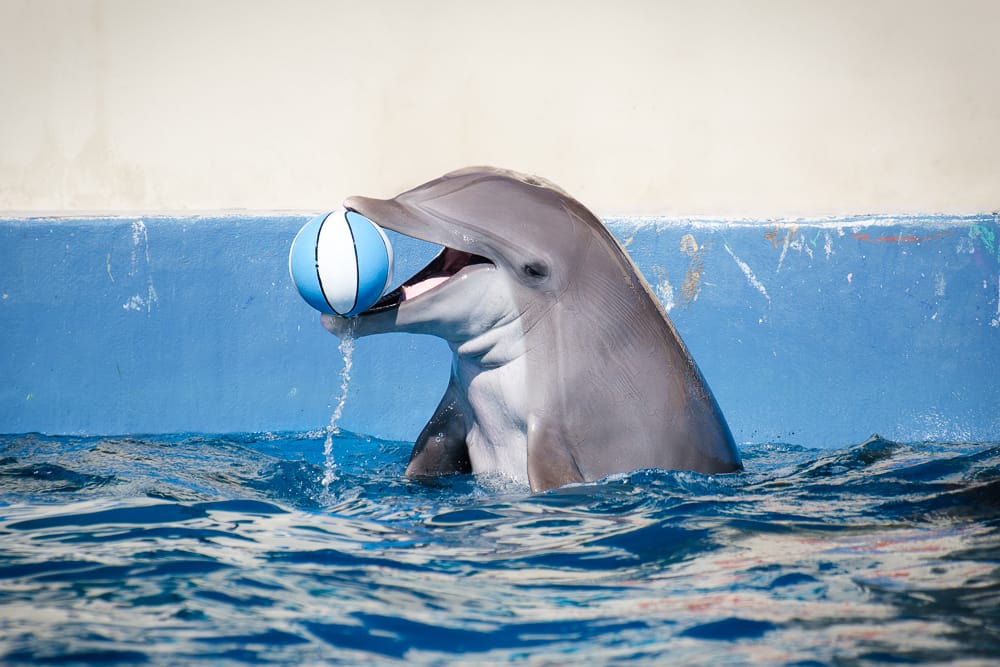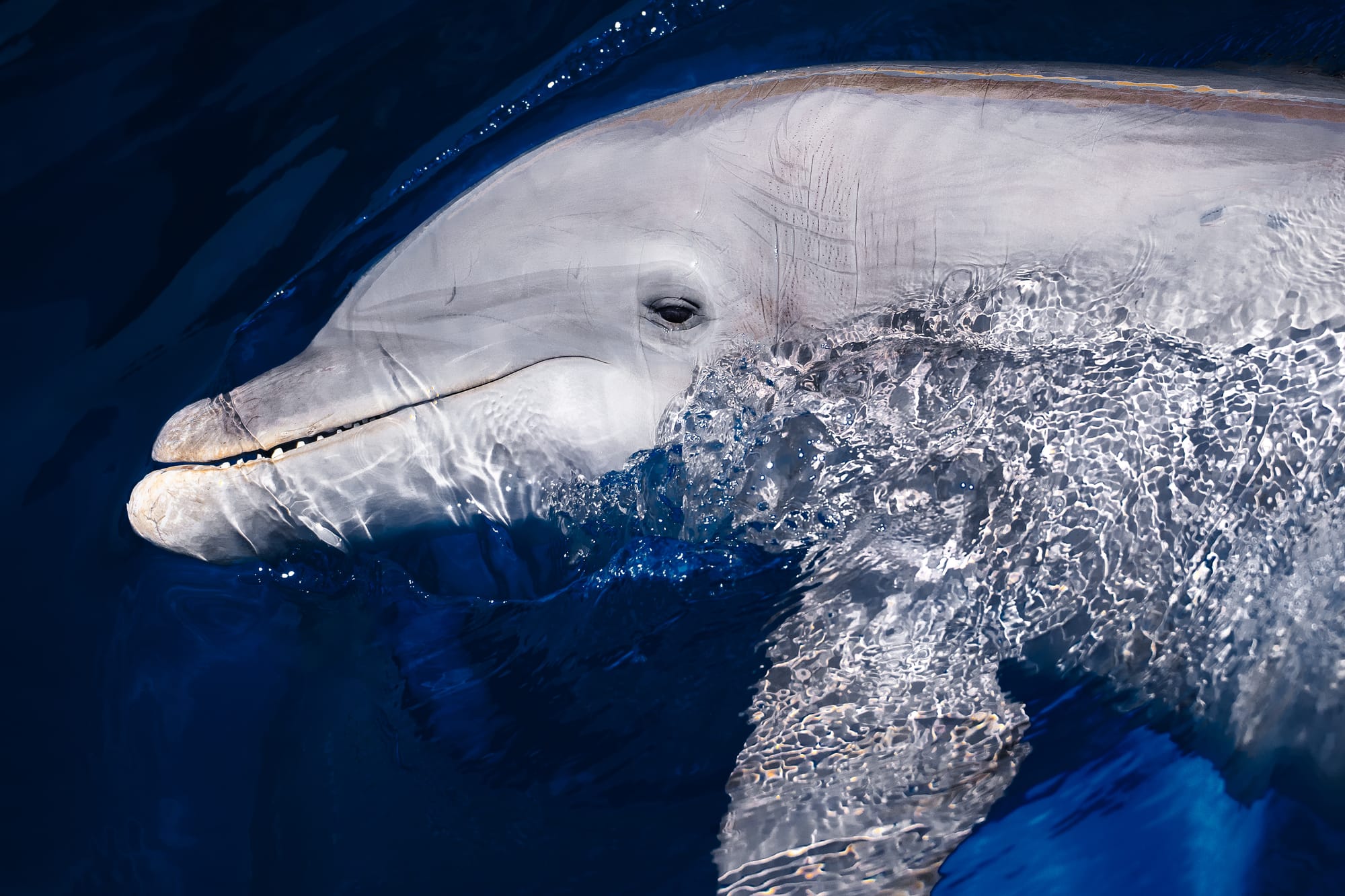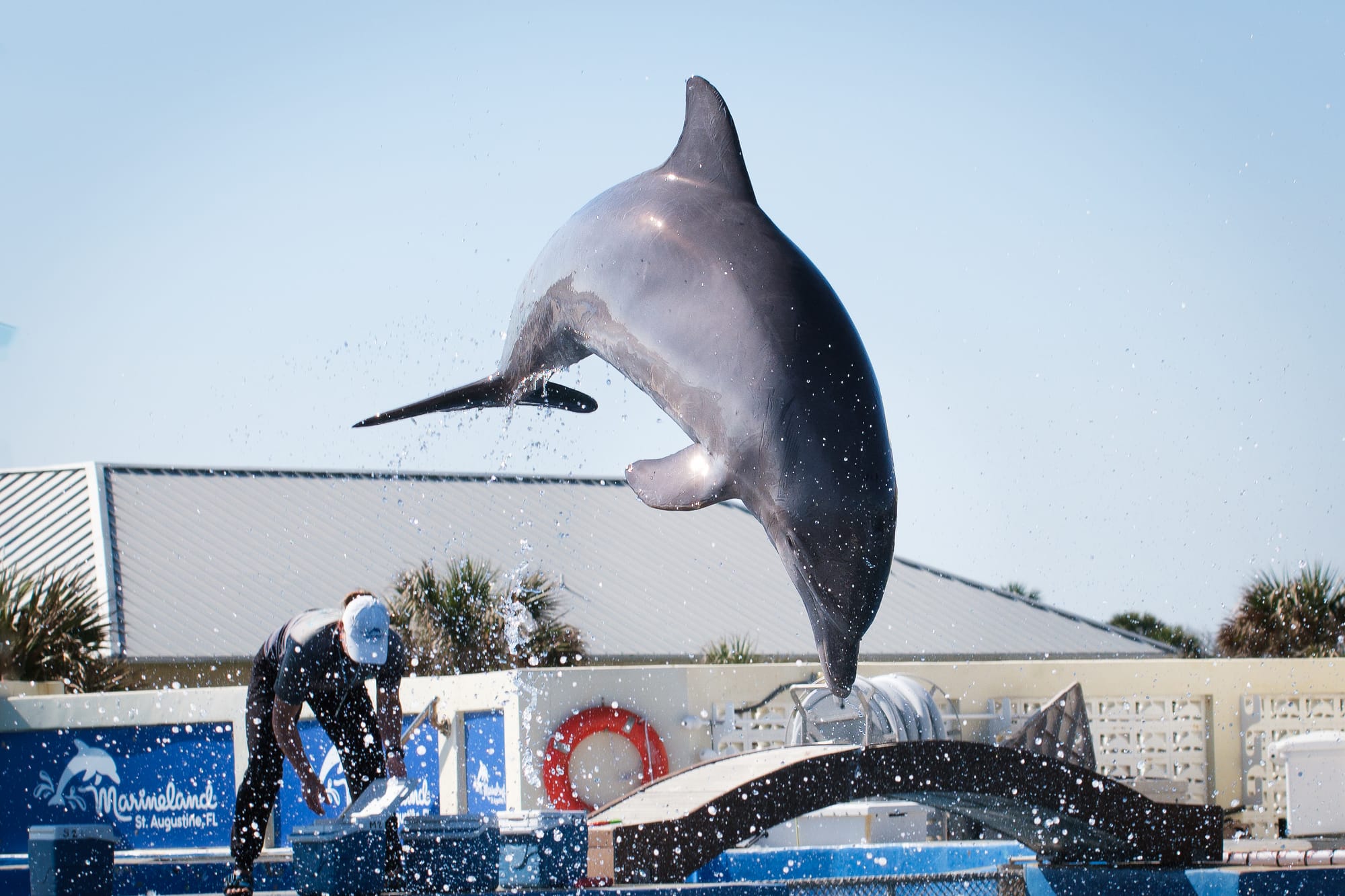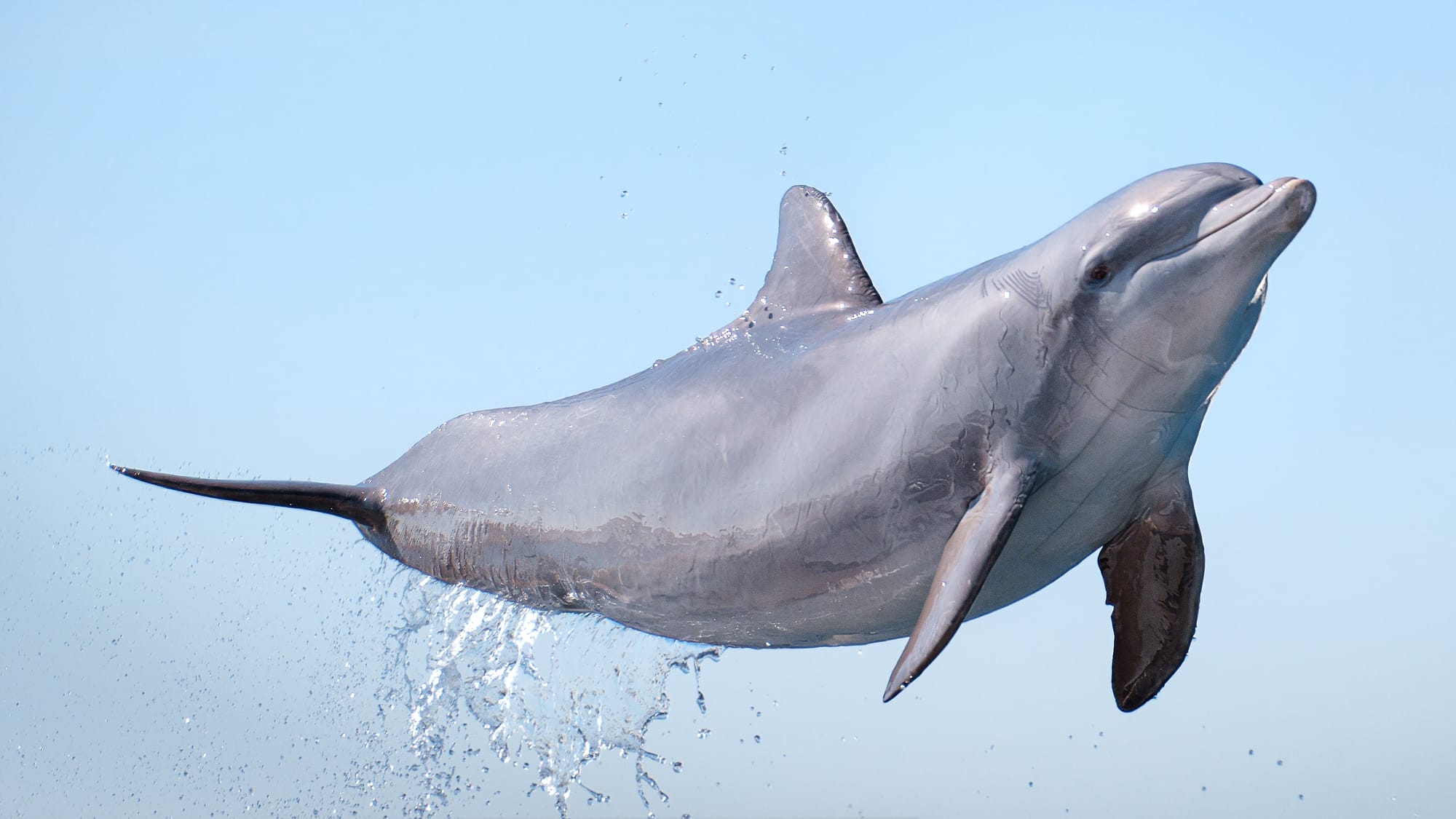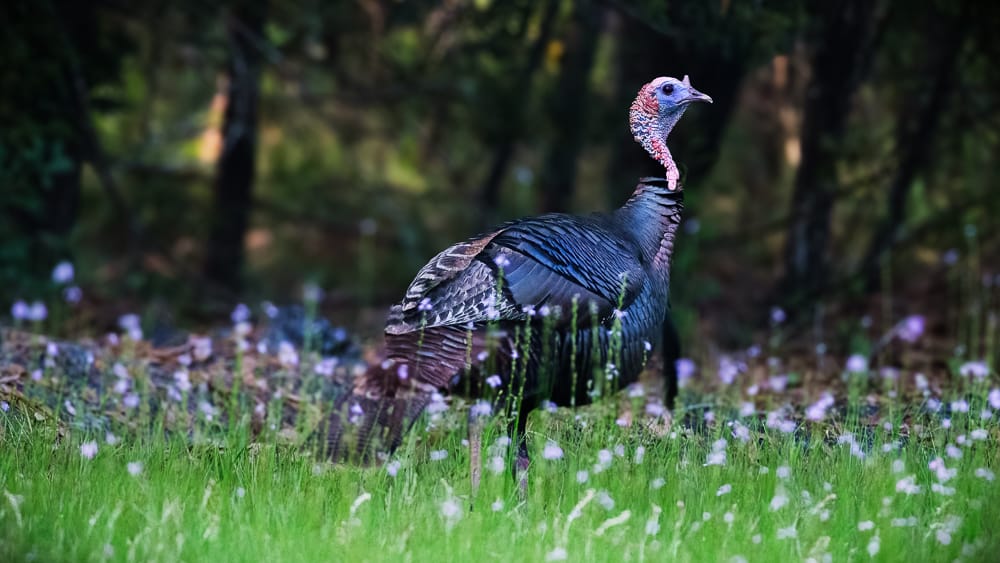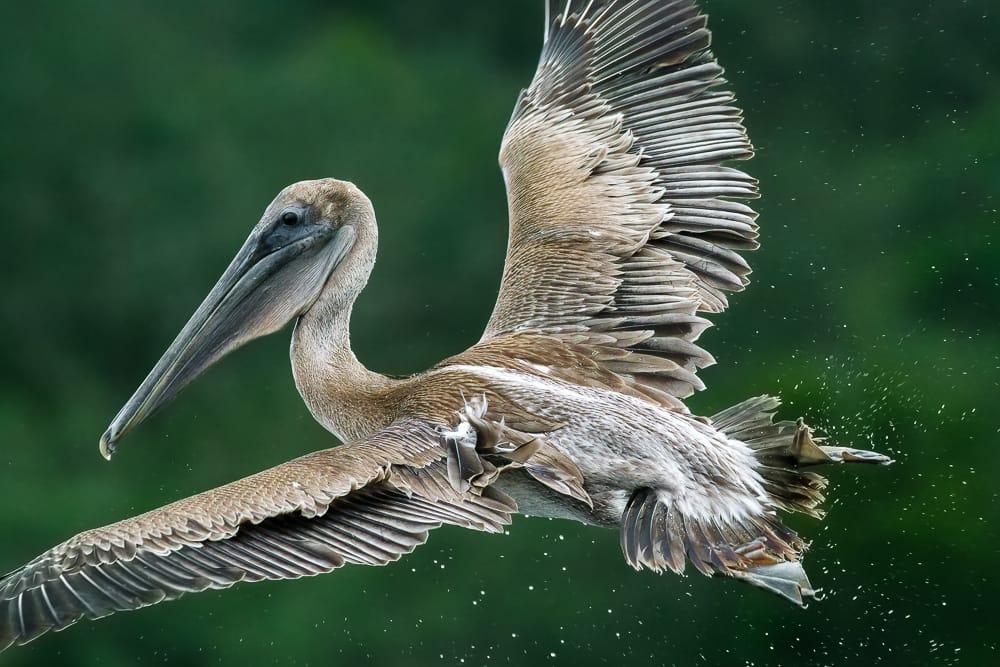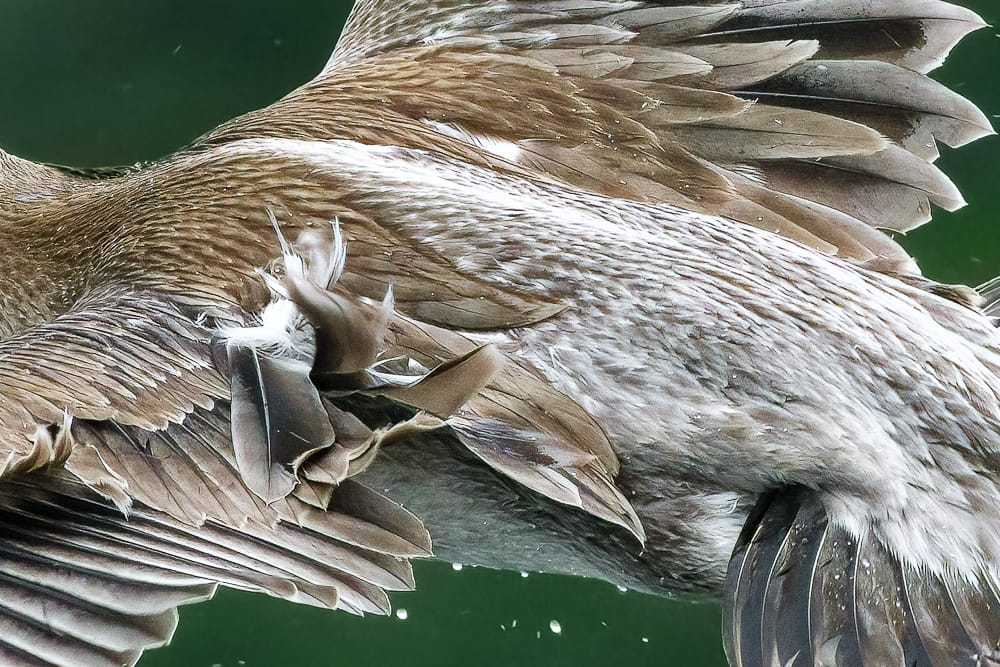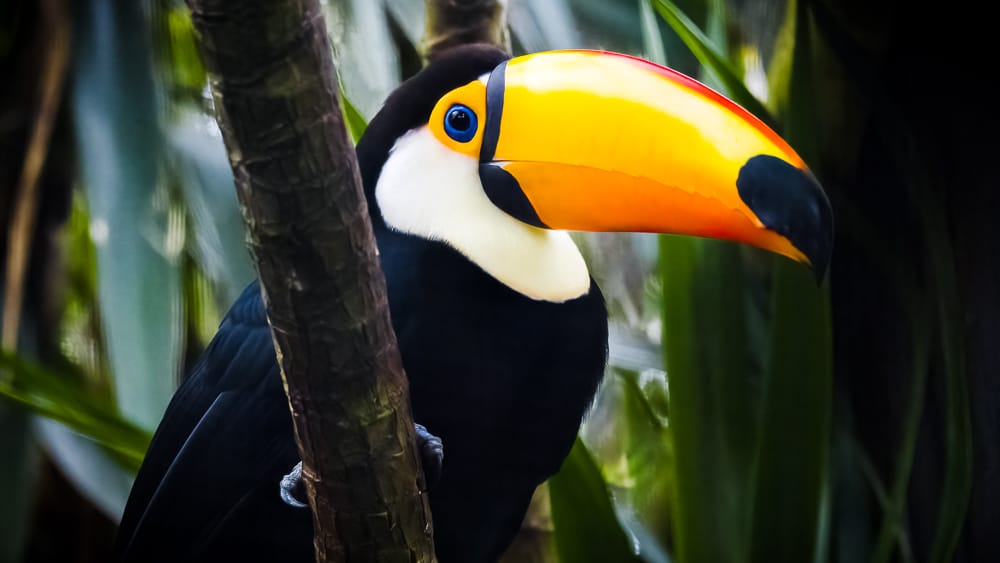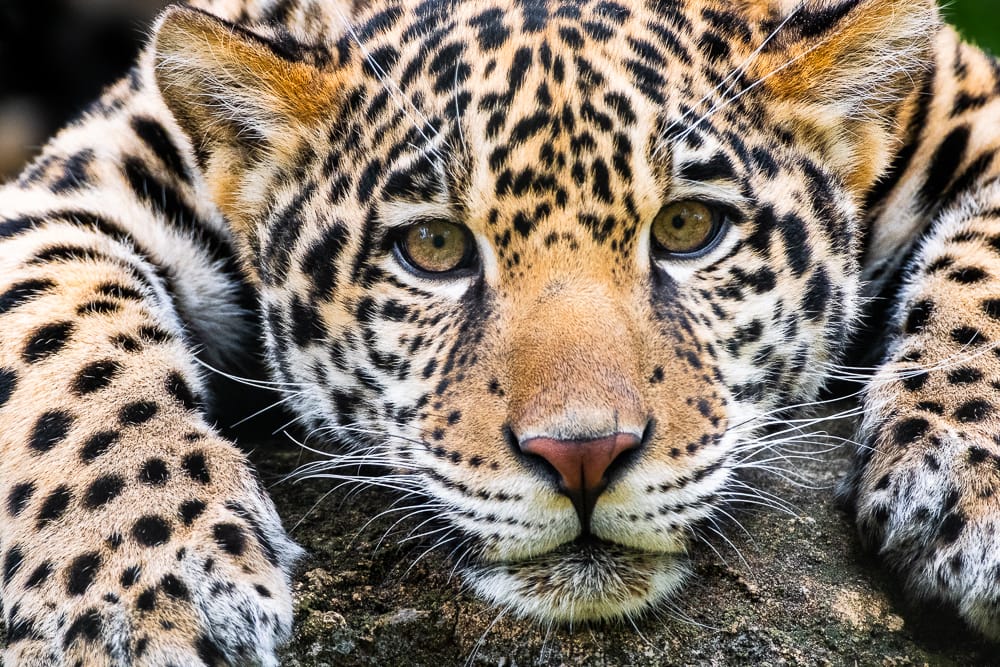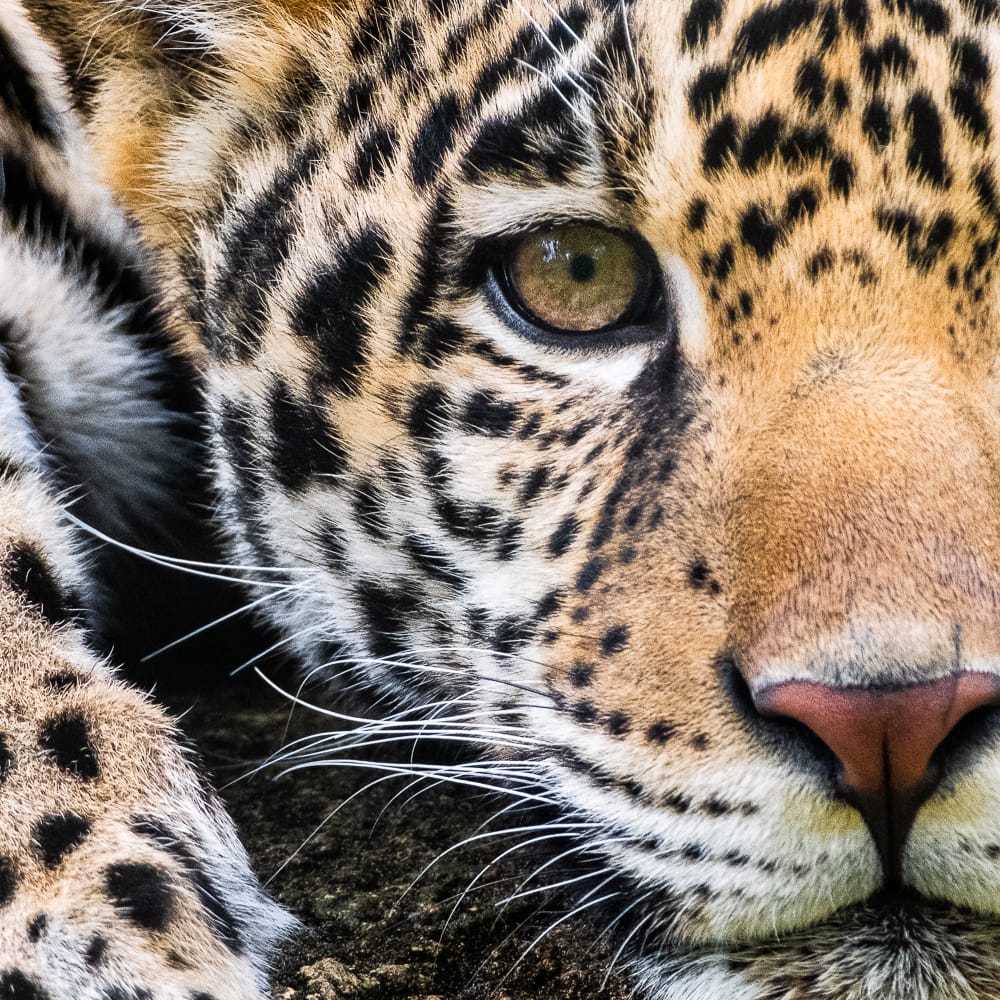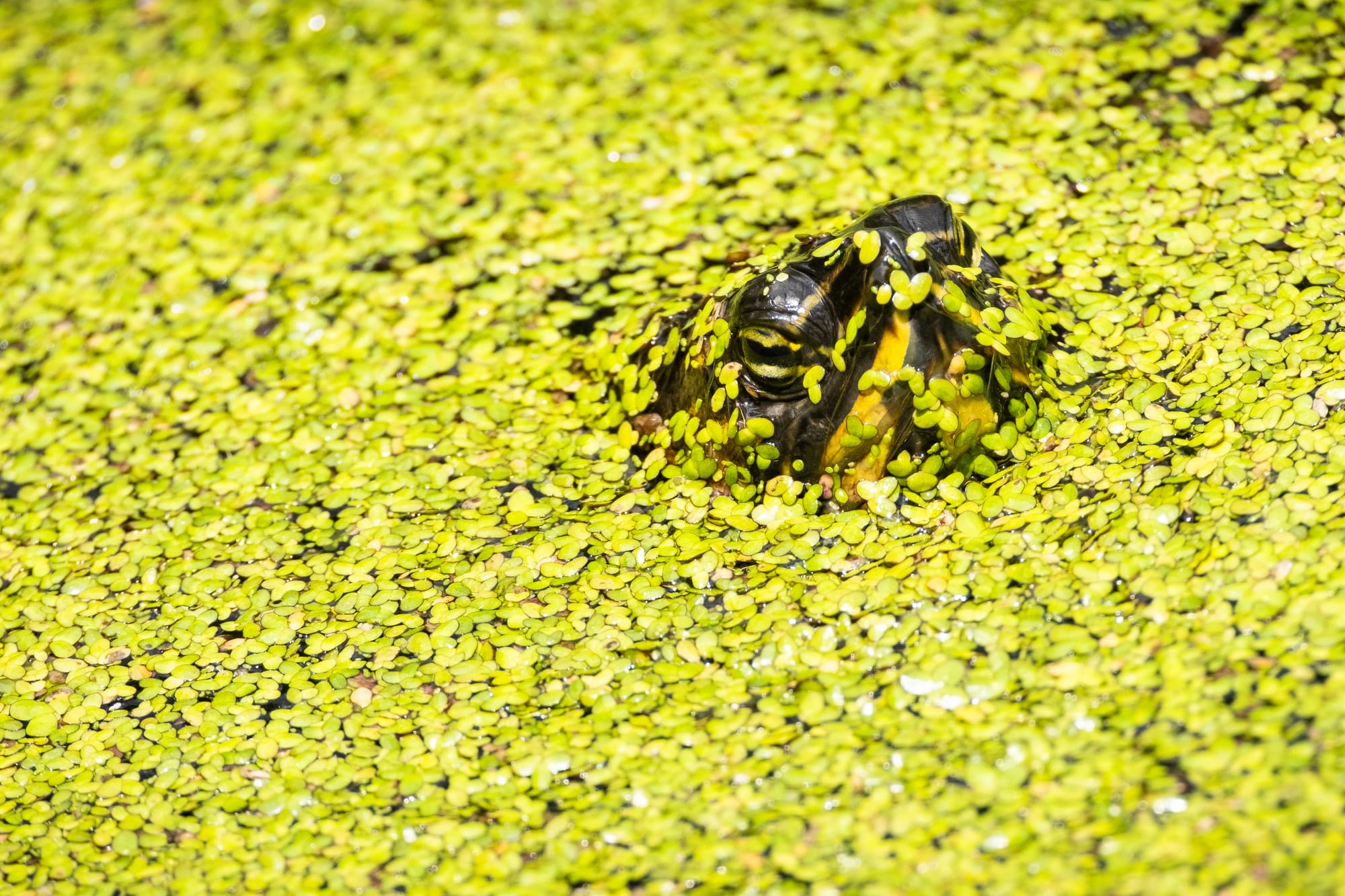
Aug 12 2025
Yellow-bellied Slider: Carnivore to Herbivore
Yellow-bellied sliders shift from mostly animal prey as hatchlings and juveniles to mostly plant material as adults. Adults still eat some animal matter and juveniles will graze plants when prey is scarce.
What They Eat
Juveniles eat chiefly insects, small crustaceans, tadpoles, and small fish. With age they become omnivores that favor plants such as duckweed and submerged vegetation.
Field studies report wide site to site ranges in plant versus animal intake, but the overall trend is juvenile-leaning carnivory to adult-leaning herbivory.
Why it Changes
Early growth is faster on animal diets that are protein and energy dense, which supports rapid size gains that reduce predation risk.
Plant foods require microbial fermentation to extract energy, which takes longer and can limit intake rate in small turtles. As body size and gut volume increase, fermentation becomes more effective and adults can meet their needs with vegetation while still taking opportunistic animal prey.
Diet varies with local prey and plants, water temperature, season, and sometimes by sex. In some areas adults eat mostly plants; elsewhere adults still eat many animals. Across studies, the clear trend is that juveniles eat more animals and adults eat more plants.
Please checkout and support the Turtle Survival Alliance to support this species.
